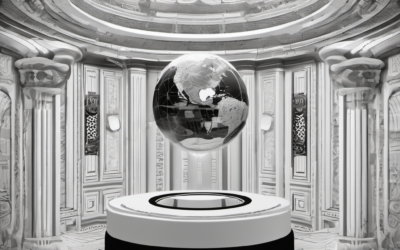In many futuristic movies, you have probably seen holograms of people who suddenly appear in the middle of the room through a call and bear an important message. 4D volumetric humans are pretty much like that, except with high fidelity and the fact that you need VR headsets to experience them.
In order to capture a volumetric video of a person, they step inside a rig where they’re surrounded by multiple cameras pointing at them. These cameras, which are a bundle of different types (e.g., depth-sensing, infrared, color), capture the person from every conceivable angle. The video streams (think of them as sequential 2D images) from all the cameras should then be frame-synchronized, and the textured mesh from all of the frames of the cameras at a specific time needs to be calculated. This results in a sequence of textured meshes. The geometry of the meshes and textures must then be compressed in such a way that their relevant quality remains intact and that they can be loaded or streamed quickly during playback. Users can experience the playbacks in an immersive way with the help of VR or AR devices. It feels more like stepping inside a 360-degree video captured of a person than merely “watching” the video.
Holoflow Studio offers all the superior volumetric 4D solutions needed to capture humans in motion with high fidelity.





0 Comments